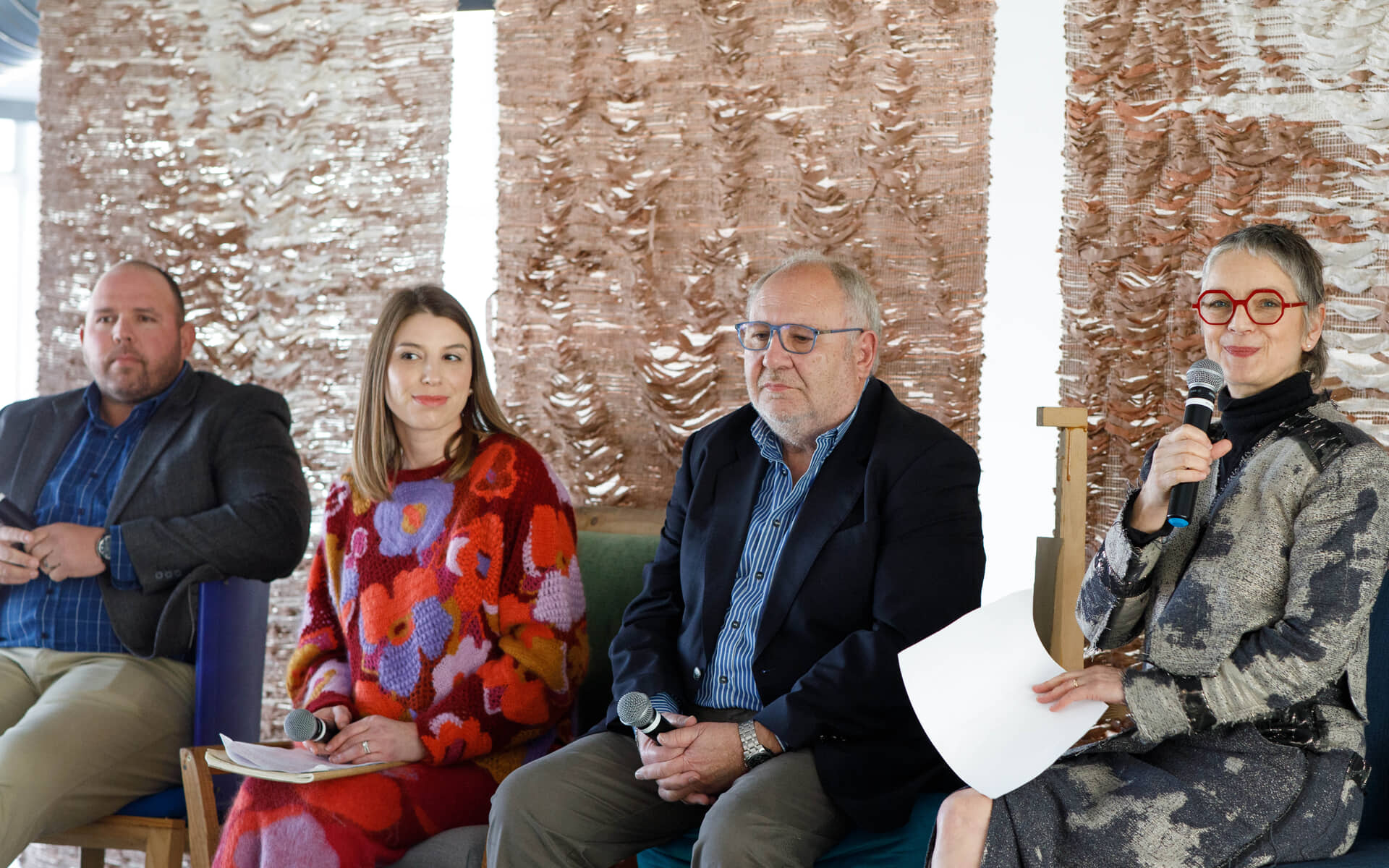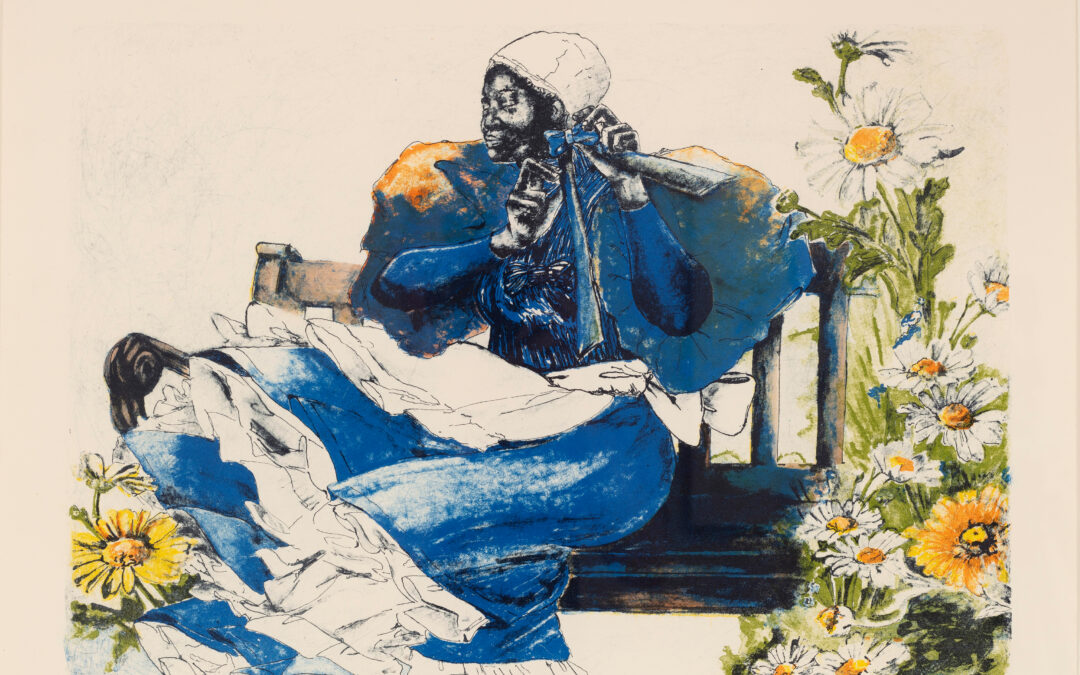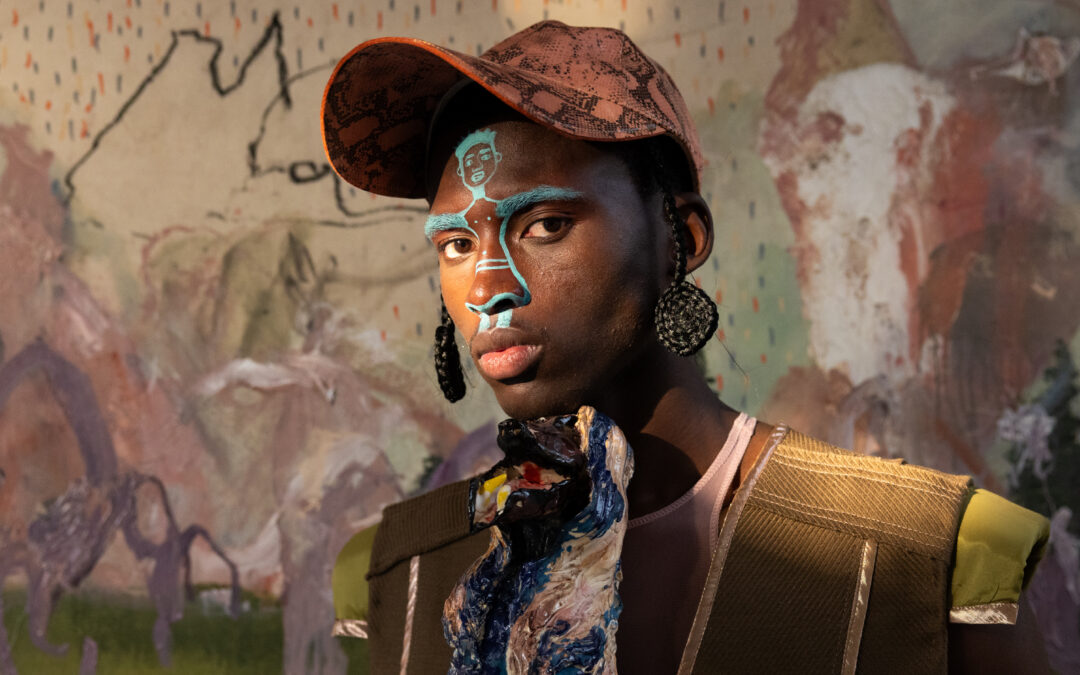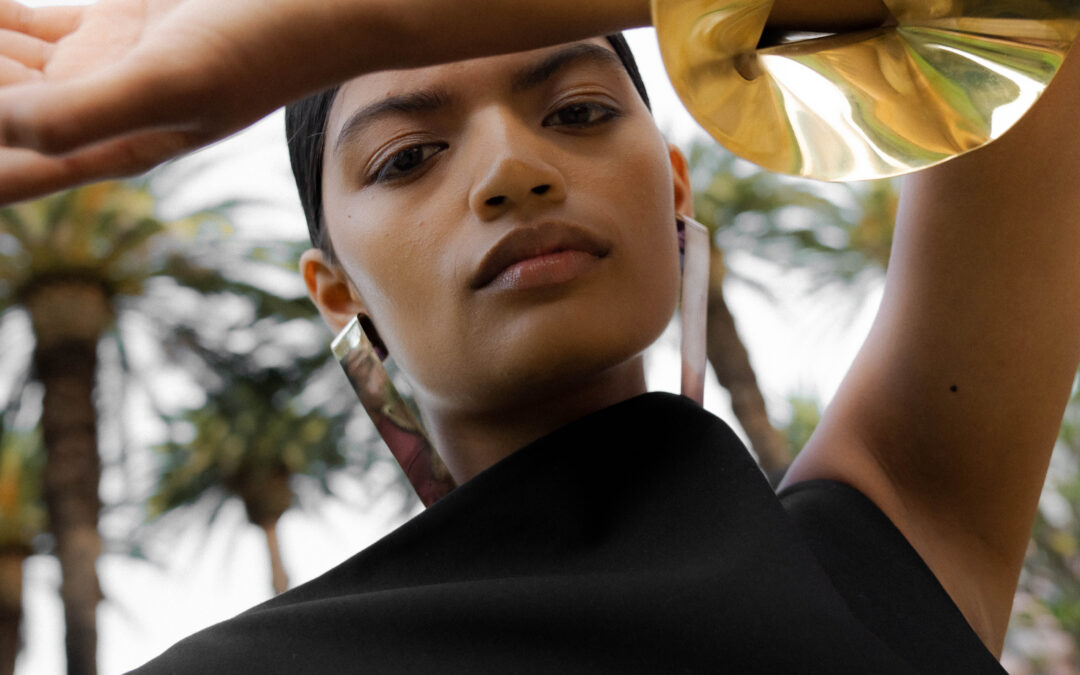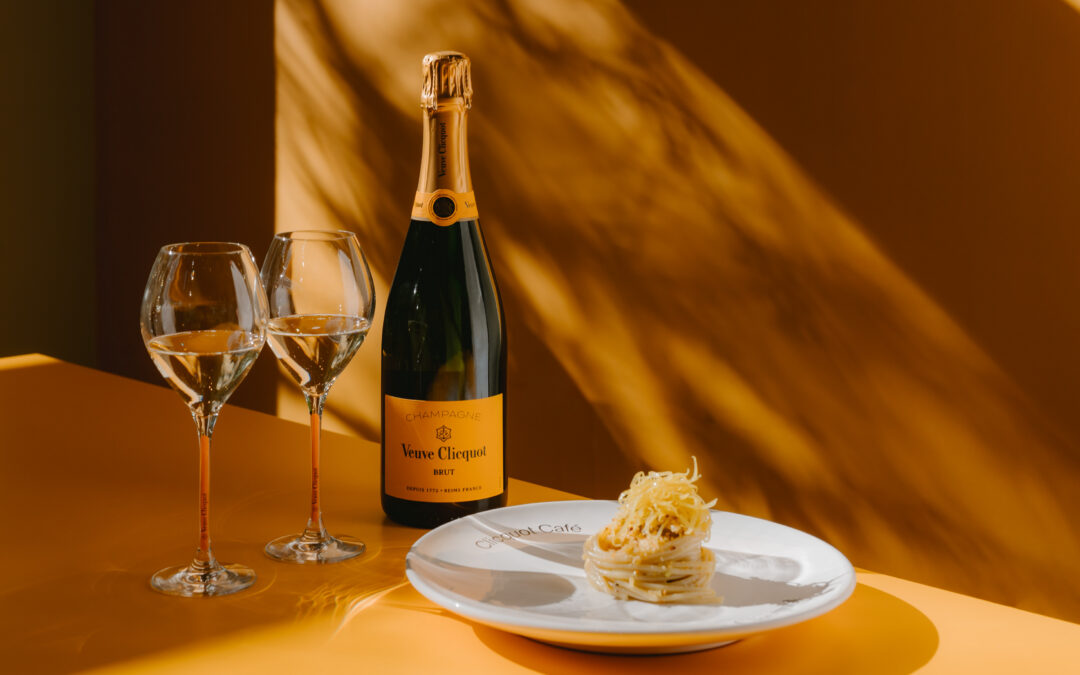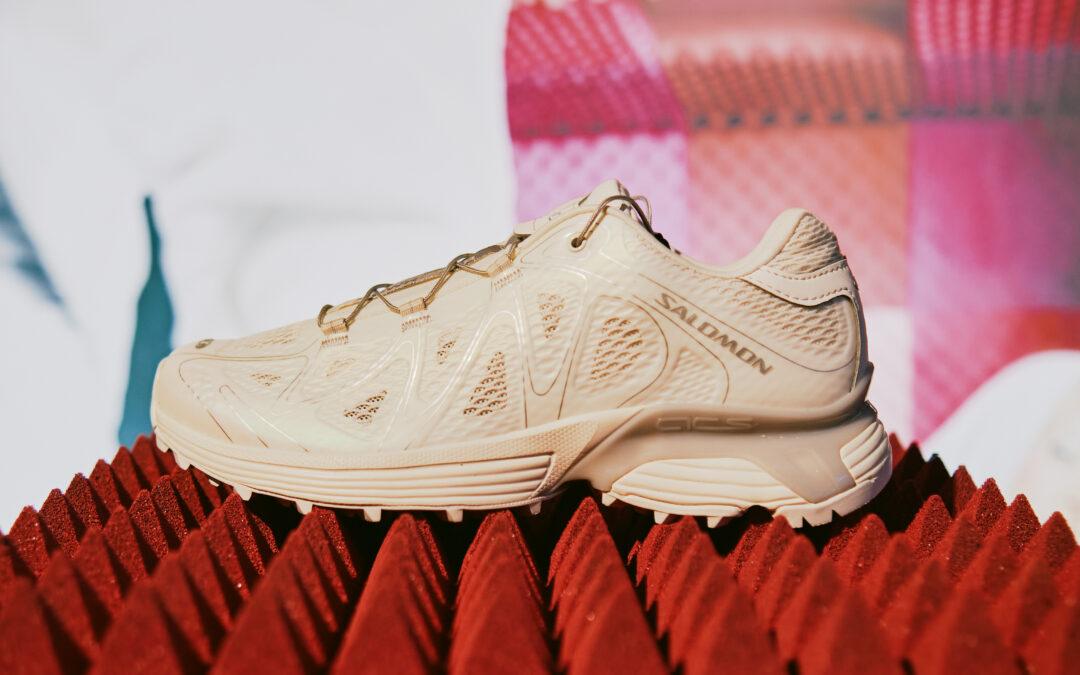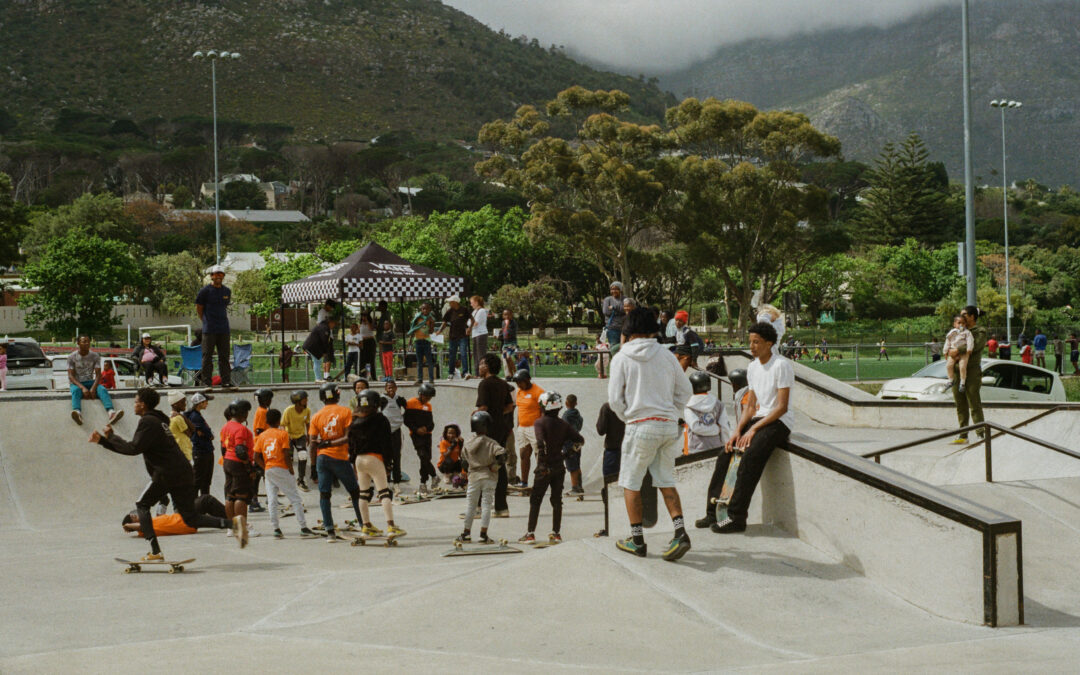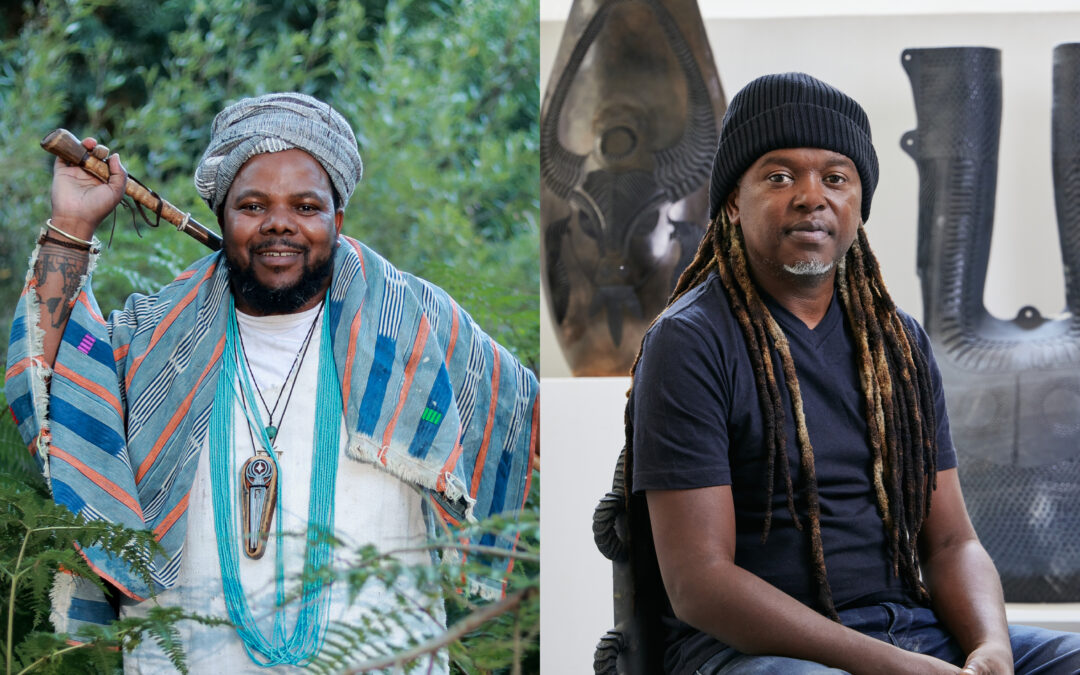In a world increasingly defined by fast fashion and fleeting trends, mohair moves at its own pace—quiet, enduring, and profoundly rooted in the land. At the recent African Textile Talks event, hosted by Twyg, as conversations unfolded about care, culture and conscious consumption, one question lingered with me after the discussions ended: How do we share the story of mohair with more people?
Perhaps the answer lies not in statistics or marketing slogans, but in simply tracing its journey—through the hands of devoted farmers, across the dry landscapes of the Eastern Cape and into the wardrobes of designers and consumers who are rethinking luxury and local resources.
South Africa, the world’s leading producer of mohair, holds a fiber that is not only beautifully tactile, but also rich in meaning. It’s a story that begins with the angora goat, but stretches far beyond—to traditions passed down through generations, to communities sustained by the land and to a textile ecosystem built on resilience.
In this piece, we explore that ecosystem through insights shared by industry leaders Lauren Moore (Mohair South Africa), Pierre van der Vyver (House of Fibre), and Jonker Venter (OVK), and reflections from the African Textile Talks and Twyg founder Jackie May, it offers a closer look at how mohair is cultivated, celebrated, and carried—one strand at a time—into a more thoughtful future.
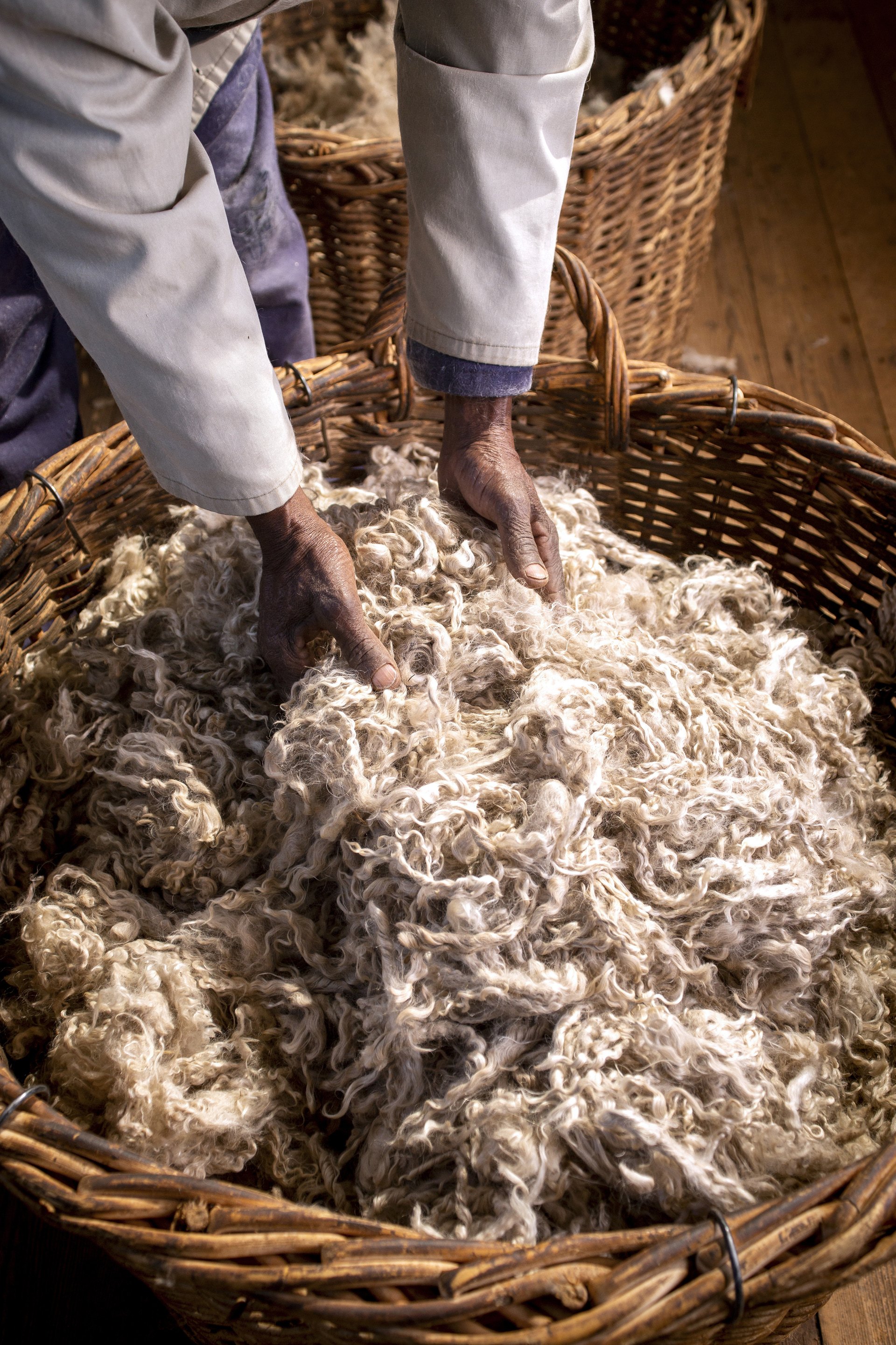
Imagery courtesy of Mohair South Africa

African Textile Talks Photography by The Dollie House. Installation Creative Direction by Tandekile Mkize and stage backdrop art by Leila Walters.
Twyg’s African Textile Talks held its third iteration at The V&A Watershed over the week of 28 July 2025. Reflecting on the event, Jackie May, the founder of Twyg, had this to share on the purpose and impact of African Textile Talks, “We had quite a strong theme on care… being more careful in how we think about textiles, fibers, and fashion. Fashion and textiles are deeply cultural… It’s not just the end product, it’s a whole system you’re buying — a whole ecosystem.”
Mohair is one such textile which is enduring in quality based on an entire ecosystem. As the world’s leading producer of this luxurious natural fiber, South Africa—together with Lesotho—accounts for nearly 75% of global mohair production. But beyond numbers lies a narrative rich with dedication, craftsmanship, and a deep connection to the land and animals that make it all possible.
The success of today’s mohair industry is rooted in the hard work and vision of previous generations. These pioneers didn’t just develop the industry in South Africa— as Jonker Venter says “They went to Australia, they went to Texas in America, they went to New Zealand and they have established their industry there. And we must say thank you.”
This legacy continues through the unique bond between South Africa and Lesotho, whose farmers contribute significantly to the global supply. Lesotho’s mohair, known for its exceptional length and luster, is often used in high-end products like tweed and velour, and is cultivated under a system that has remained remarkably stable even as global production has declined.
So, what makes mohair so unique? Mohair is renowned for its luster, strength, and smoothness—qualities that enhance other fibers when blended. “They’ve tried to replicate mohair artificially, but they couldn’t achieve it,” explains Jonker. Its natural sheen and wrinkle resistance make it a favorite for fashion houses and sustainable textile brands worldwide.
Pierre van der Vyver shared a simple but powerful example: “I’ve got a mohair jacket on. It was in a suitcase all the way from PE to here. I just took it out and put it on—there’s not a wrinkle in it.” When viewed under a microscope, mohair resembles artificial fiber in its fineness and uniformity—yet it remains 100% natural, biodegradable, and renewable.
As Jackie so aptly puts it, the ecosystem and context in which a product lives is vital, “A drought is going to affect the fiber. A shock is going to affect the fiber. The soil is going to affect the fiber. It’s so interesting to keep bringing everything right back to the origin and the land.” The same sentiment could be shared for South Africa’s natural fibre counterpart, wool.
Modern mohair farming in South Africa blends tradition with technology; from laparoscopic insemination to genetic tracking via barcode ear tags, farmers are investing heavily in improving herd quality and fiber performance. “You can scan an animal and instantly access its fleece weight, fineness, and lineage—from birth to today,” notes Pierre.
Farmers now shampoo and condition goats before shearing, and dip them strategically to ensure optimal fiber quality. These changes have markedly improved fleece consistency and ease of processing. Yet, beneath the tech is honest dedication. During kidding season, when cold fronts sweep through farms, it’s not uncommon to find newborn goat kids being warmed in farmhouse kitchens. “That’s the type of dedication a mohair farmer has to his goats,” shared Pierre.
From blockchain to life-cycle assessments, this push toward transparency is helping brands form deeper partnerships with the mohair supply chain, especially through organisations like Mohair South Africa. But as Lauren Moore emphasises, data alone isn’t enough. “We need to deepen our stories of provenance, to support science with the soul of what makes South African mohair so special.” At every stage of the value chain—from farm to spinning mill—there’s an unmatched level of skill, knowledge, and pride. It’s a craftsmanship that leaves an impression on everyone who visits the industry.

African Textile Talks Photography by The Dollie House. Installation Creative Direction by Tandekile Mkize and stage backdrop art by Leila Walters.

Imagery courtesy of Mohair South Africa
In a world hungry for ethically sourced, high-performance natural fibers, mohair stands out—and we’re leading the way. With its resilient farmers, well-established infrastructure, and ongoing commitment to improvement, the country is set to become a geographic sourcing hub not just for mohair, but for a range of sustainable and luxury raw materials. “We’re not just producing fiber,” says Lauren Moore, “We’re building a legacy—one strand at a time.”
This serves as a constant reminder that objects don’t live in insolation as they present themselves, there’s a whole web of information in that object, which should be appreciated and compensated for. It’s a product born not just from land. It sustains families, nurtures rural economies, and honors the animals whose well-being is central to the industry’s future. Its beauty is not only in its sheen, but in its honesty—in how it respects the earth, values people, and reflects a gentler way of doing business.
I ask Jackie what consumers often miss in the communication of sustainability and sustainable consumption, to which she replied, “We have to design our solutions for our own context — a country that’s terribly unequal. Donated clothes, done in the right way, can offer people opportunities to start microbusinesses and earn a living.”
When mohair reaches a boutique or runway, such as with local designers MmusoMaxwell, Judith Atelier or Lukhanyo Mdingi, one can appreciate the long story behind this diamond fibre, but mohair, it’s more than a luxurious textile. Mohair is a symbol of integrity and intention, a reminder that what we wear can connect us to something deeply rooted, authentically made and thoughtfully shared.
Find out more about Twyg
Find out more about Mohair South Africa here
For more news, visit the Connect Everything Collective homepage www.ceconline.co.za

